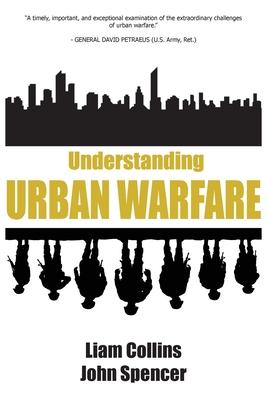No environment is more challenging for militaries than a city. No form of combat is more inherently
destructive than urban warfare. And yet too often, militaries are both unprepared for the challenges
of cities and unable to avoid being pulled into brutal urban fights.
In Understanding Urban Warfare, readers will gain more than just an appreciation of the unique
challenges of urban warfare-from the limiting effects of three-dimensional terrain on many weapon
systems and the multiplicity of enemy firing points on a city street to the overarching need to
minimize civilian casualties and protect critical infrastructure and cultural property.
The book presents new ways to understand the distinctive characteristics of a variety of cities-
megacities, global cities, feral cities, and even smart cities-and how those characteristics impact
military operations in urban terrain. Readers will also be introduced to some of the most relevant
urban battles in modern history-the 1993 Battle of Mogadishu, the 2004 Second Battle of Fallujah in
Iraq, plus the 2020 Battle of Shusha in the Second Nagorno-Karabakh War, and more-to illuminate
trends and lessons to better understand urban warfare.
In an increasingly urban world, the future character of conflict will also be increasingly urban. This
book sets out to understand that future.
